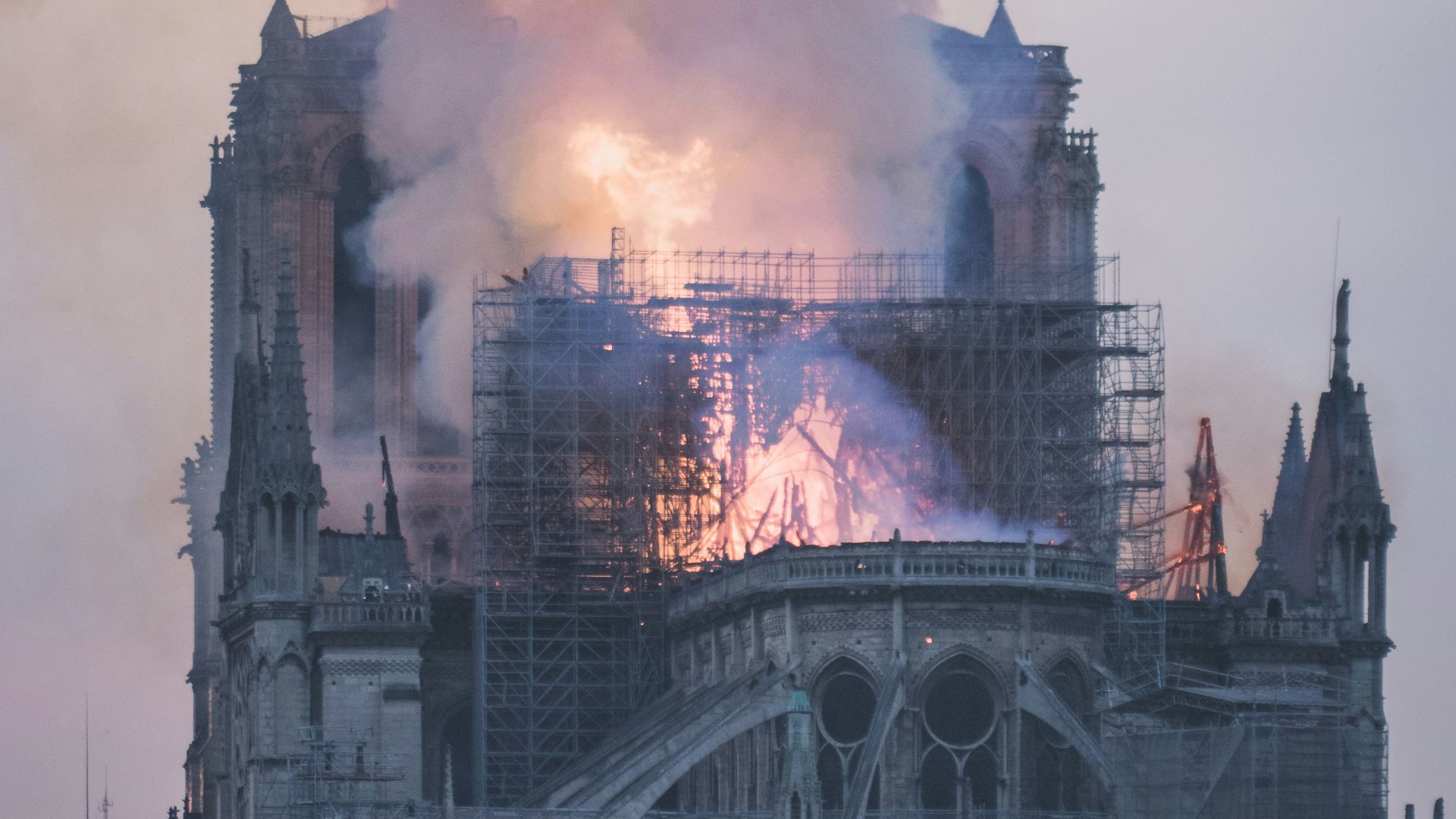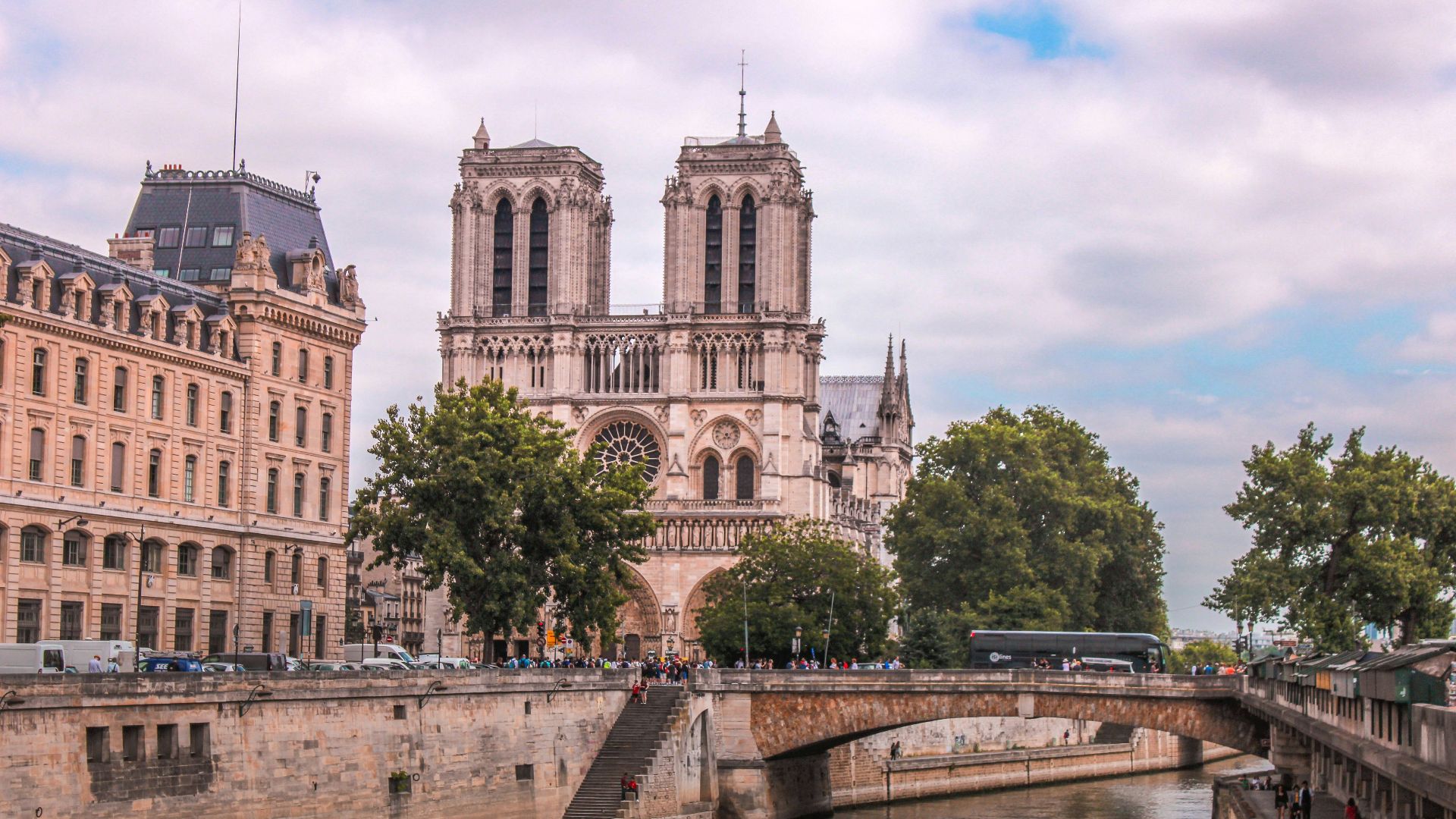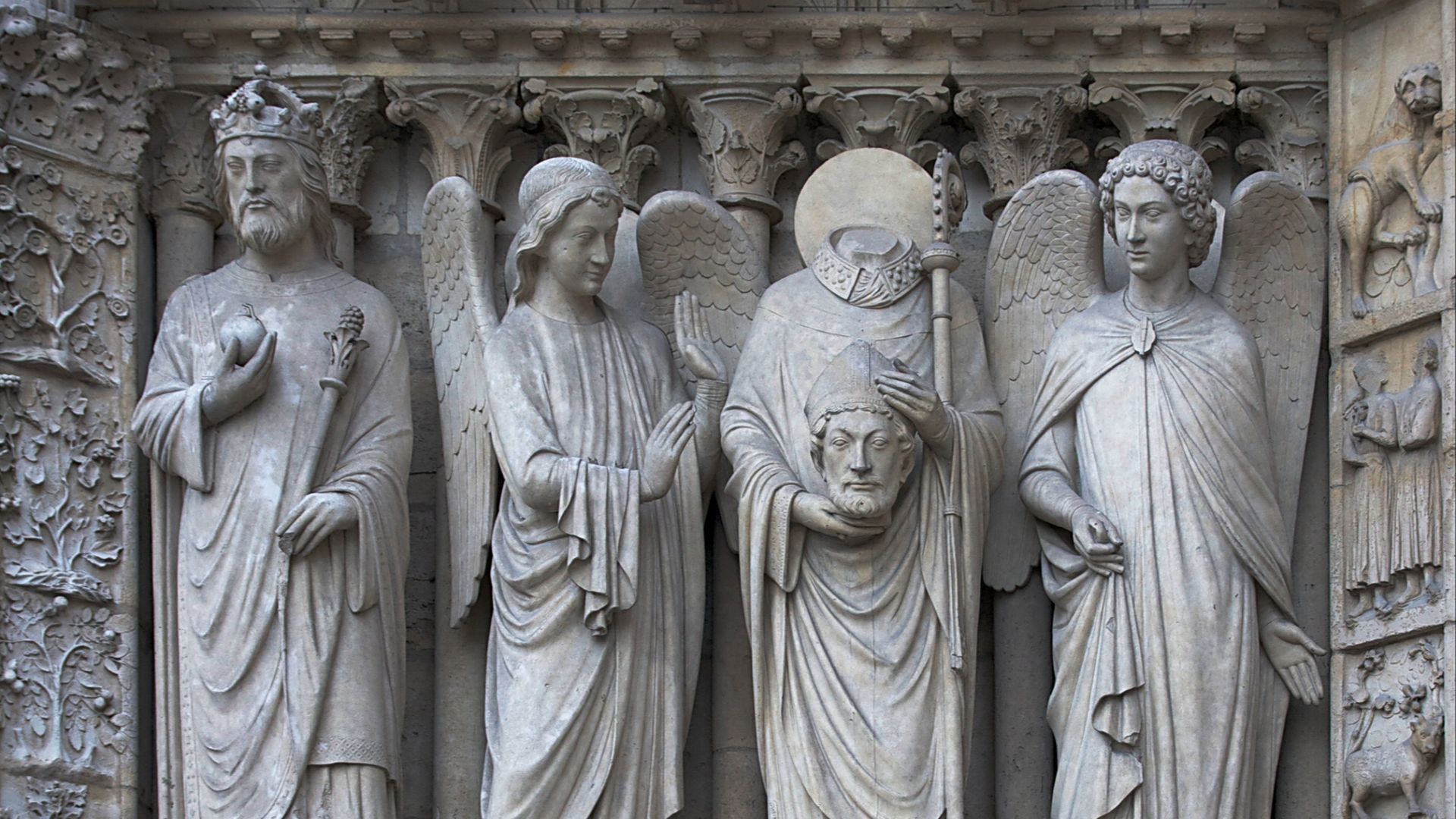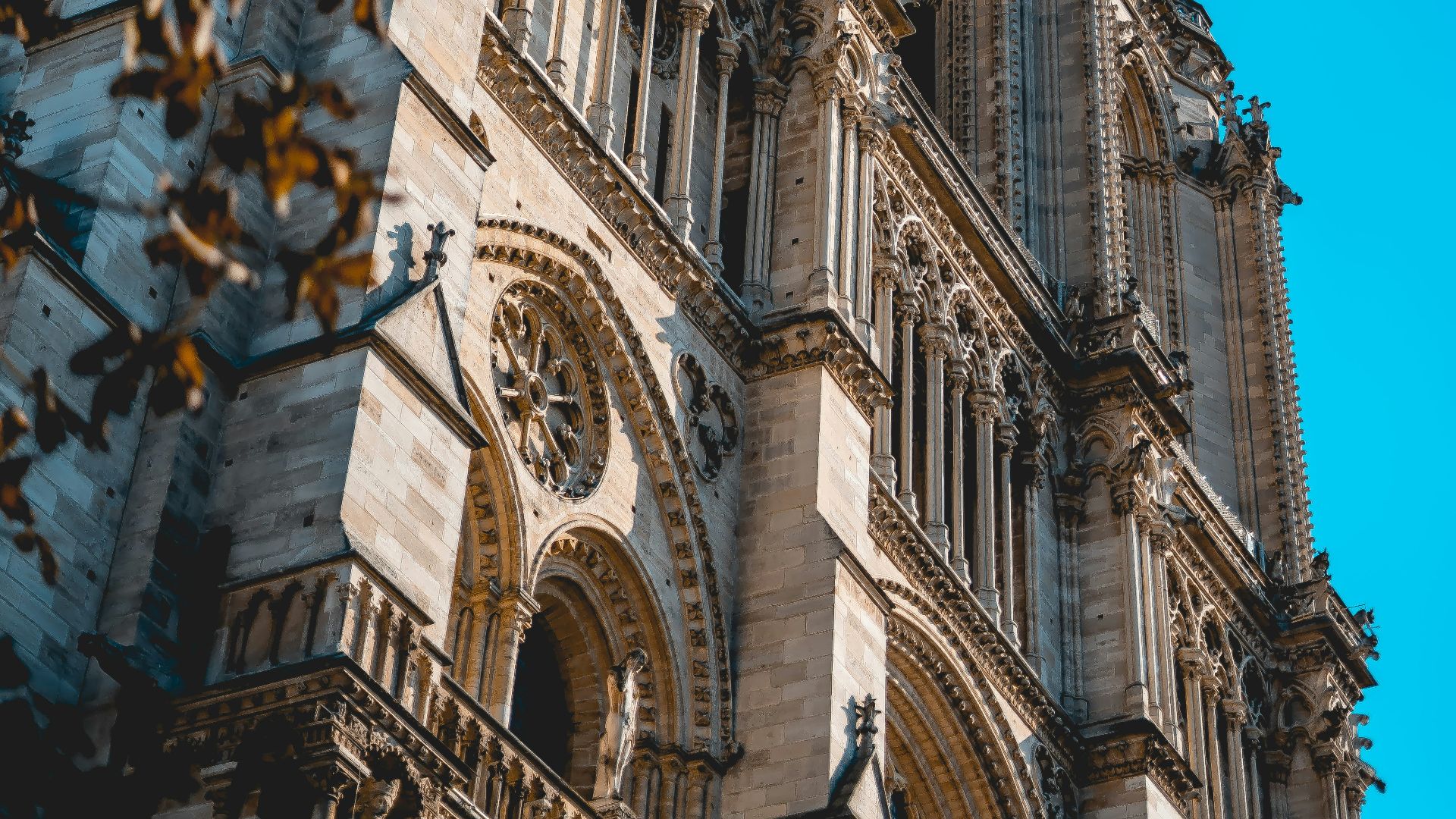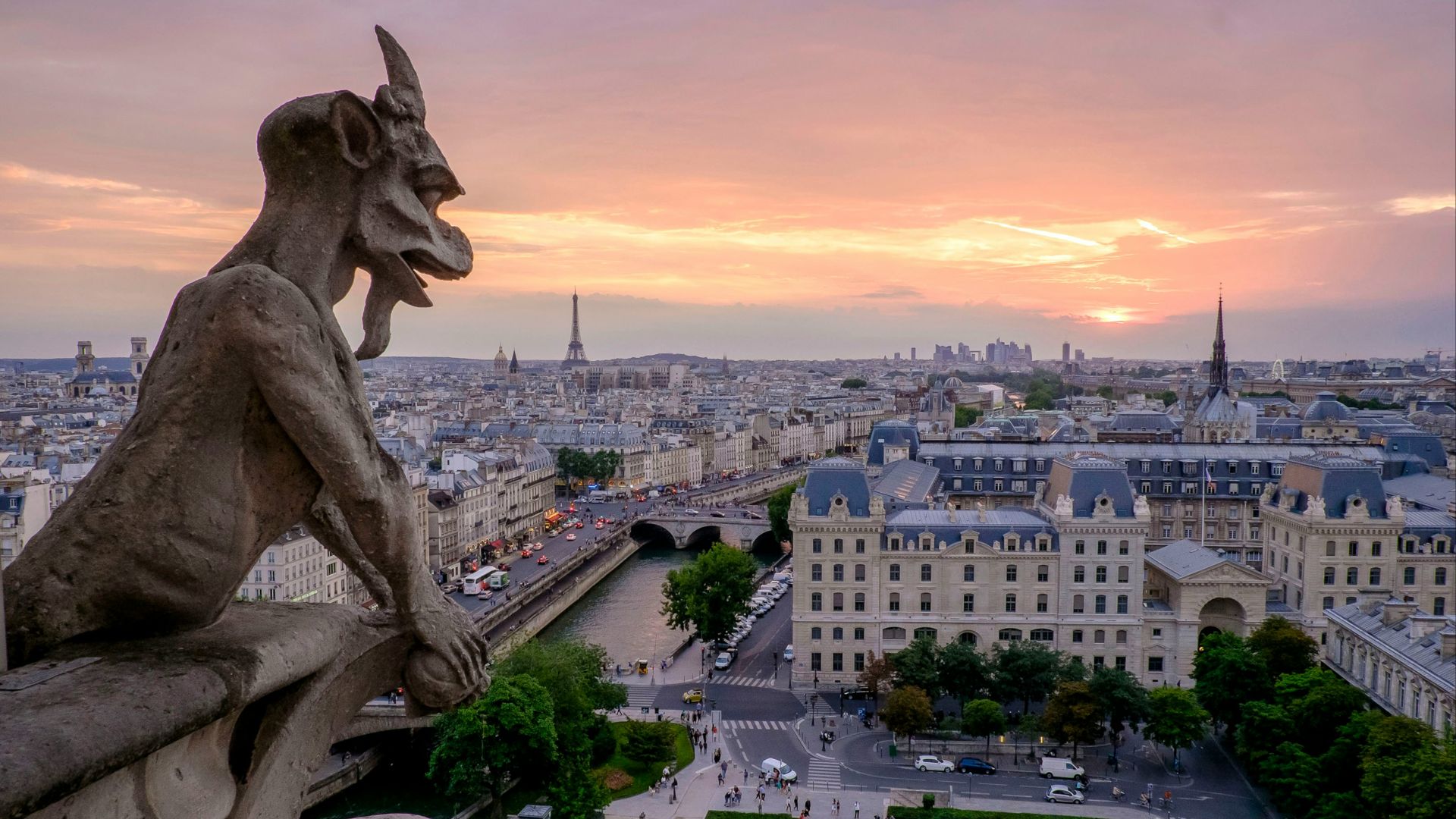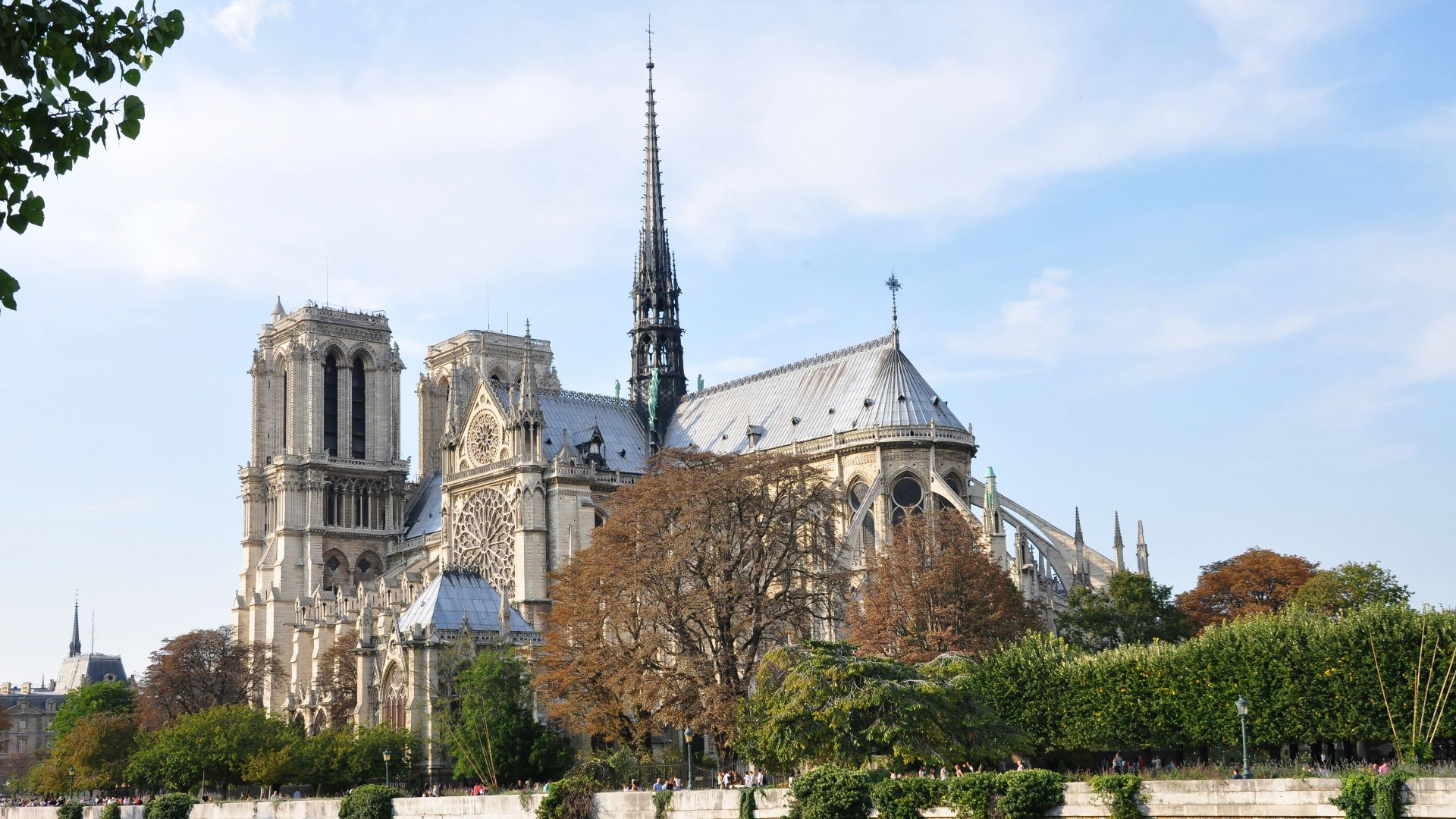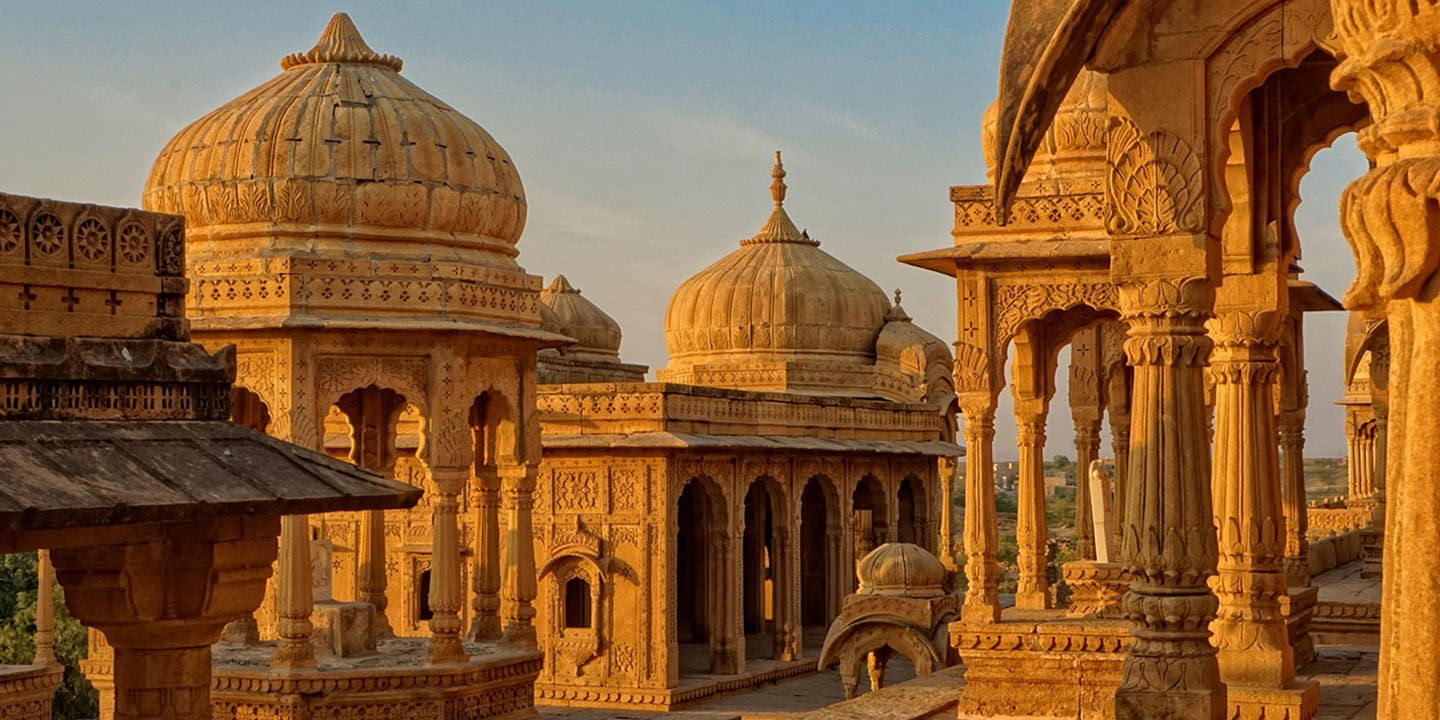The Bells of Notre Dame
On April 15, 2019, fire ravaged one of the most famous buildings in the world. Notre Dame Cathedral is more than just a church; it is a part of French and Parisian history, home to countless relics and works of art. From its famous rose glass windows to it buttresses to its twin bell towers, the Cathedral has stood as one of the supreme examples of French Gothic architecture.
As yet, the cause of the blaze that devastated Notre Dame remains unknown. It's still hard to say how many of its treasures perished in the blaze, though it has been reported that its glass windows, bell towers, organ, and may of its holy relics were saved. Construction began in 1160 and was completed a century later, it's sad to think that Notre Dame survived the collapse of the French monarchy, the adventures of Napoleon, even the occupation of the Nazis, only to be laid low by an accident. No doubt it will be repaired, but it will never be the same. In honor of Notre Dame, here are 5 amazing facts about the Cathedral, its history, and its construction.
1. Off With His Head
In 1793, 28 of Notre Dame's statues were beheaded. If you guessed that this had something to do with the French Revolution, you're right. Those statues represented the Kings of Judea, whose deeds were recorded in the Old Testament. Unfortunately for them, and for their sculptors, beheading monarchs was all the rage in late 18th century Paris. An angry mob of revolutionaries, mistaking the Biblical kings for French ones, dragged the statues into the square and toppled them. The pile of broken statues became a trash heap, and was subsequently removed from the square after locals complained. Luckily, the remains of the Judean kings were found inside the walls of an old manor house in the 1970s, and are now kept in a museum.
2. Head In Hands
Speaking of guys who've lost their heads, kind of a theme in the Dark and Middle Ages, there's one you're bound to notice at Notre Dame. Saint Denis is one of the patron saints of Paris and France, and you'll probably see him around town. He's the one who's holding his (severed) head in his hands. Denis is what's known as a cephalophore: a saint commonly depicted holding his own head. That's because the Roman Emperor Decius deprived him of it for refusing to renounce his Christian faith. Sorry, revolutionaries, you can't behead Denis; the Romans beat you to it. Denis also one of the so-called Fourteen Holy Helpers, a group of saints whom Catholics believe are especially effective at defending against disease and disaster.
3. Saved By The Book
Although Notre Dame is a venerable old cathedral dripping with priceless art and architecture, it had fallen into disrepair by the beginning of the 19th century. It was basically a ruin until Napoleon decided to hold his coronation there in 1804. However, the real savior of the cathedral was the great novelist Victor Hugo, the genius behind Les Misérables and The Hunchback of Notre Dame. That latter title proved a major hit when it was released in 1831. Setting his story in the 1400s, Hugo depicted the cathedral in all its glory, presenting it as a metaphor for France itself. The success of the book inspired politicians of the day to restore Notre Dame. In 1841, architects were commissioned to fix the ailing structure. This serves as an important reminder in the wake of the fire: the church has been restored before, and it can be restored again.
4. Medieval Monsters?
Perhaps the most famous symbols of Notre Dame, the gargoyles that guard its crenellations and act as waterspouts seem like a classic Gothic touch. Indeed, it is generally theorized that gargoyles were originally intended to protect medieval churches and their congregants from evil spirits. However, Notre Dame's famous gargoyles were actually a product of the 19th century restoration described above, and only date from the 1840s at the earliest.
5. Fearless Father
Finally, a fact about the fire itself, or more specifically about a very brave priest who risked life and limb to save some of Notre Dame's relics. Jean-Marc Fournier, the chaplain of the Paris fire department, went into the burning cathedral with emergency responders in order to save the Crown of Thorns and other relics. Some Catholics believe Jesus wore the Notre Dame Crown of Thorns at Calvary. Fournier was previously an army chaplain, and survived an ambush in Afghanistan.


